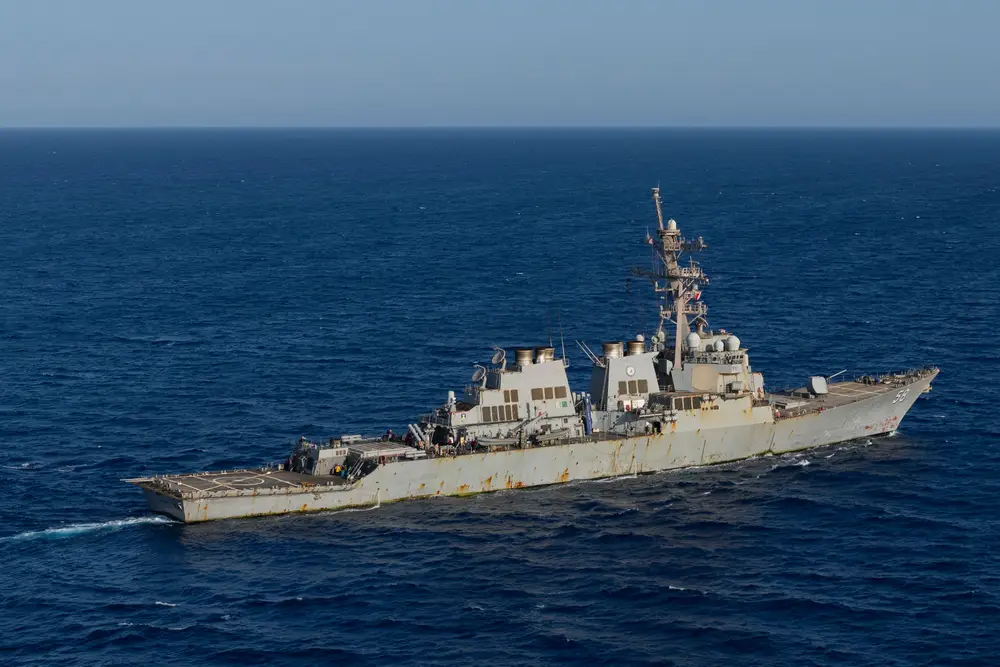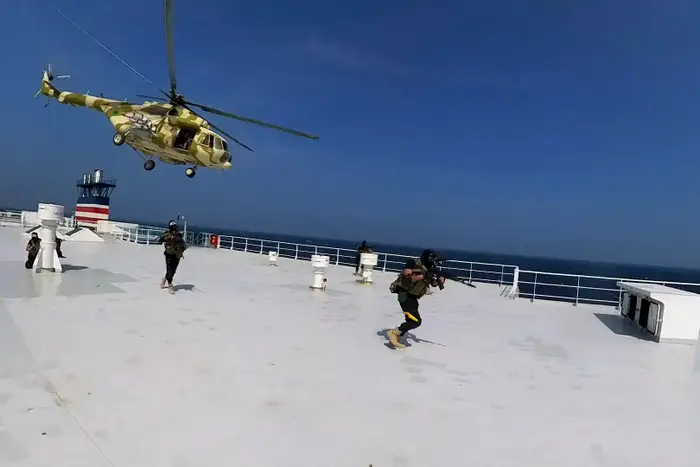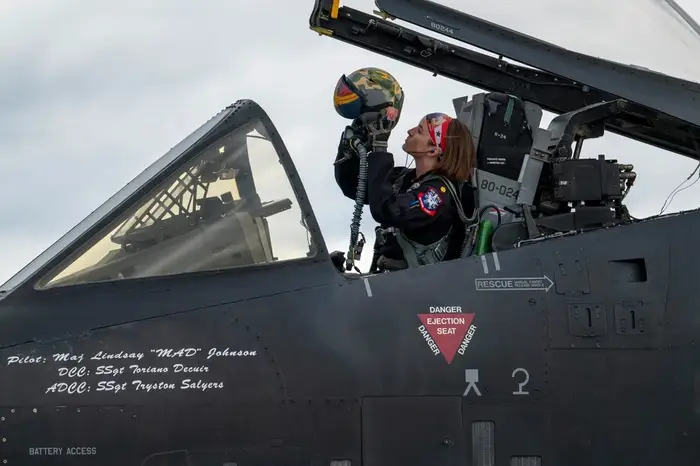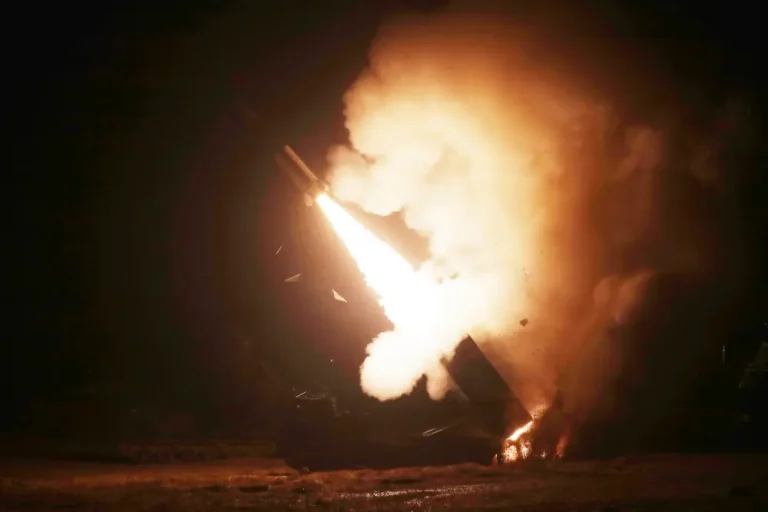The Houthis appear determined to score a hit on the American and European warships in the Red Sea, US envoy says

The Arleigh Burke-class guided-missile destroyer USS Laboon sails in the Red Sea in June.
The Houthis appear determined to strike American and European warships as part of their ongoing campaign of Red Sea attacks, a senior US State Department official said.
“Our leadership is all extremely concerned about the Houthis’ determination to seemingly strike us — to strike our friends — in the Red Sea, their perseverance in doing so, their determination to do what they’ve been doing better,” US Special Envoy for Yemen Tim Lenderking told B-17 in a recent interview.
The US and European Union have maintained a significant naval presence in the Red Sea and Gulf of Aden over the past year in an effort to defend key merchant shipping lanes from relentless missile and drone attacks carried out by the Iran-backed Houthis.
The US Navy, in particular, has committed a large amount of firepower to the counter-Houthi mission. The naval force has regularly consisted of an aircraft carrier and several other warships capable of air defense and land-attack operations.

The oil tanker MV Sounion on fire in the Red Sea following multiple Houthi attacks.
The Yemeni rebels have launched more than 130 attacks targeting both military and civilian vessels. Just last week, they fired a collection of missiles and drones at two US destroyers as they were transiting the strategic Bab al-Mandab Strait.
“We have shot down pretty much everything that they have fired our way,” Lenderking said. But this is an evolving threat. A major concern, he said, is that Russia may attempt to assist the Houthis, a potential development he called “diabolical.”
Despite their efforts, the Houthis have not yet hit a Western military vessel during their campaign. However, they have struck a number of commercial ships, sinking two of them and hijacking one (its crew remains detained in Yemen nearly a year later). Four civilian sailors have been killed so far as a result of the rebel attacks.
US warships are frequently tasked with intercepting Houthi threats, including attack drones and anti-ship missiles, above the Red Sea and Gulf of Aden. American forces operating in the region also routinely carry out airstrikes in Yemen against the rebels. Last week, the Pentagon said it had carried out extensive strikes targeting their weapons storage facilities.

This photo released by the Houthi Media Center shows rebel forces boarding the cargo ship Galaxy Leader in November 2023. The Houthis seized the vessel and took the crew hostage.
“We will continue to make clear to the Houthis that there will be consequences for their illegal and reckless attacks,” Pentagon Press Secretary Maj. Gen. Pat Ryder told reporters at the time.
US officials have routinely said that Washington is committed to fending off the Houthi attacks, which have disrupted a key global supply route.
Commercial shipping via the Red Sea typically accounts for up to 15% of international maritime trade, but the attacks have slashed activity through that route and forced vessels to make longer and more expensive trips around Africa, according to a US Defense Intelligence Agency report from earlier this year.
The impact of the attacks is also seen at a local level. Lenderking said ships bound for Yemen and carrying humanitarian or commercial supplies have been forced to divert, thus driving up costs in the country. “Fewer ships are docking in Yemen’s ports as a result of what the Houthis are doing,” he said.






